The birthplace of surimi is Southeast Asia. Translated from Japanese, surimi means clean and ground fish. Surimi was made for the first time in Japan about 1000 years ago.
It is quite natural for surimi to have been created by the Japanese, since fish have been their main source of food for centuries. Centuries ago, they discovered that fish have quite a unique property. If ground meat was made from white oceanic fish, and then cleaned and drained, the product could be used for the preparation of delicious food in all kinds of varieties.
In the beginning, the Japanese made traditional meatballs and small sausages from surimi, called kamaboko. To this day, making kamaboko is a supreme form of culinary arts in Japan.

Gradually, Japanese chefs diversified their surimi recipes and today, they number in the thousands. Surimi has neither a distinct flavor, nor its own smell.
In modern cuisine, surimi is used to imitate various seafood. In order for the imitation to be more complete, dyes, flavorings and spices are used.
The most common product, made from surimi, is crab sticks, also known as imitation crab. They do not contain actual crab meat, but surimi instead. This is always written on the packaging. There is a myth that surimi is made from the leftover waste of canned fish, but this is not true.
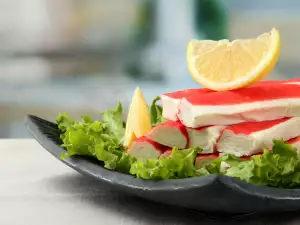
Surimi is a clean fish, with saturated fish proteins, that has no fats, bones, skin, blood or soluble enzymes.
Hake and pollock, as well as Pacific Ocean scad and sardines, are most often used in the creation of surimi. Only pure fish fillet is used in the production of surimi.
Besides crab sticks, that are used as a garnish for salads, pasta and pizza, as all as for risotto, surimi are also used to make royal shrimp.
Whenever choosing a surimi product, it must look appetizing, juicy and elastic. If you buy frozen surimi products, never freeze them a second time.
This will not only ruin the flavor but their appearance as well. You can thaw surimi products in the microwave but it is best to let them unfreeze at room temperature.
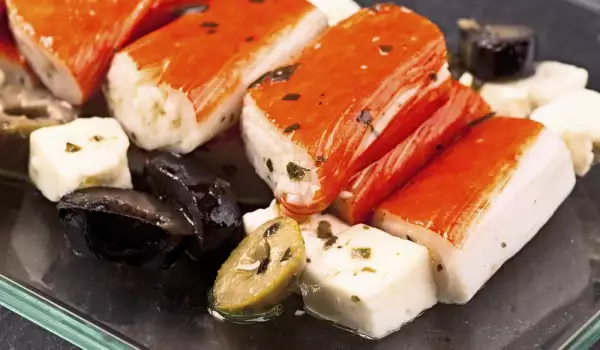









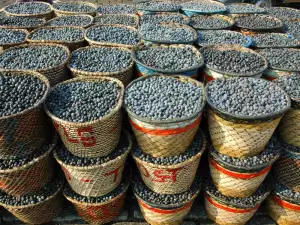


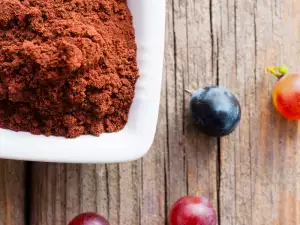
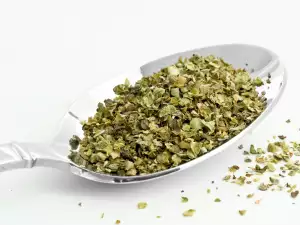





Comments